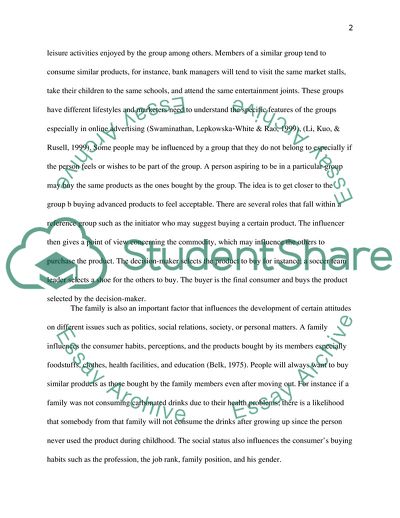Cite this document
(Factors that Affect Consumer Behaviour Essay Example | Topics and Well Written Essays - 1750 words - 1, n.d.)
Factors that Affect Consumer Behaviour Essay Example | Topics and Well Written Essays - 1750 words - 1. https://studentshare.org/marketing/1874126-consumer-behavior
Factors that Affect Consumer Behaviour Essay Example | Topics and Well Written Essays - 1750 words - 1. https://studentshare.org/marketing/1874126-consumer-behavior
(Factors That Affect Consumer Behaviour Essay Example | Topics and Well Written Essays - 1750 Words - 1)
Factors That Affect Consumer Behaviour Essay Example | Topics and Well Written Essays - 1750 Words - 1. https://studentshare.org/marketing/1874126-consumer-behavior.
Factors That Affect Consumer Behaviour Essay Example | Topics and Well Written Essays - 1750 Words - 1. https://studentshare.org/marketing/1874126-consumer-behavior.
“Factors That Affect Consumer Behaviour Essay Example | Topics and Well Written Essays - 1750 Words - 1”. https://studentshare.org/marketing/1874126-consumer-behavior.


